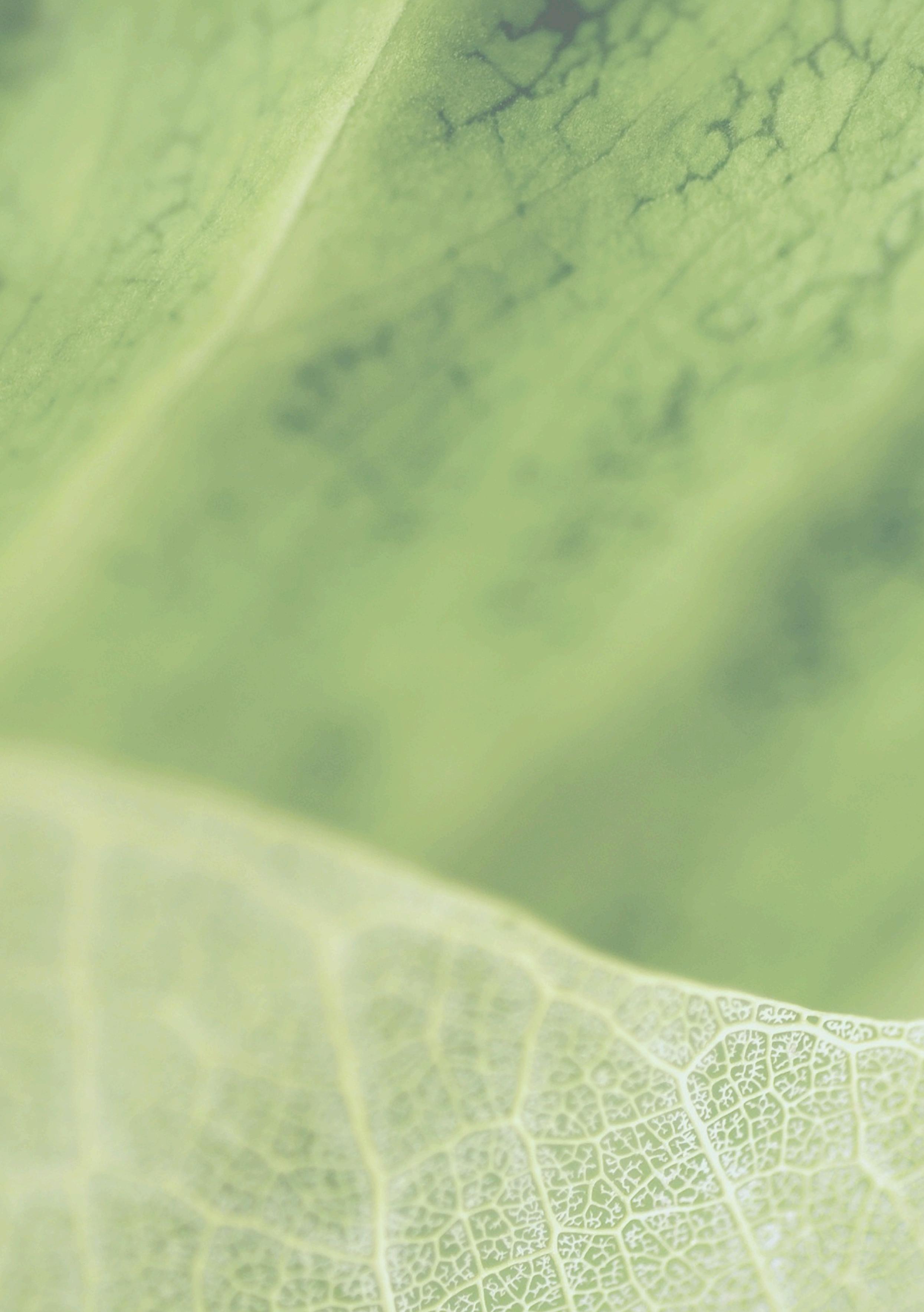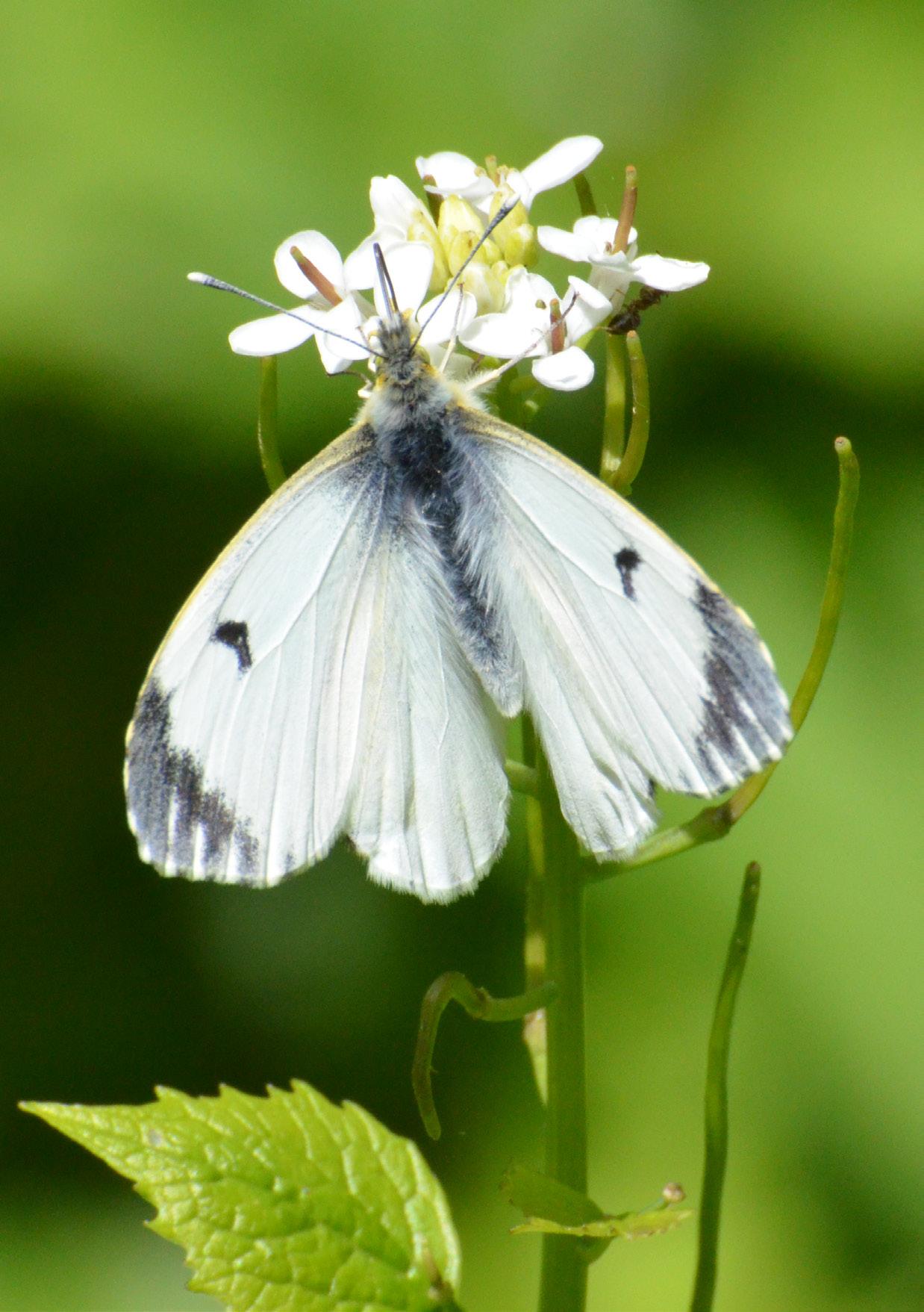
3 minute read
Nature
Melwood: Your Local Nature Reserve
As we, and the wood, prepare for winter I am going to remind you what a marvellous display there was when it was just coming into life in early spring. Despite the inclement weather the wood was very vibrant at this time. The snow drops were particularly good in February. The oxlips, primroses and their hybrids also provided an impressive display. I was initially concerned that they had all been eaten by rabbits or deer when I did my regular weekly checks (we have had bad damage in previous years and had been using some protection around the plants but this had been moved away this year). However, between one weekend walk and another they appeared in all their glory. The Group’s efforts to establish wood anemones moved one tiny pace forward, as the two surviving plants bloomed for the first time. Single‑flowered leek seems to have established more good clumps and dusky cranesbill seedlings are widely distributed around the wood. However, as they are growing as individual plants, they are not very obvious, even when in flower. The work team leader was surprised to find a well‑hidden clump of Ransoms in bloom, as this is a species that has not been recorded as present in the wood for many years. The clump appeared well established, so it will be interesting to see if it persists and spreads in future. Daffodils provided a great display and we have plans to move to replacing the commercial varieties with more naturalised bulbs.
Advertisement
Some new trees were planted in the spring and the crab apple was soon in full bloom. An oak, grown in a pot since it had turned up in a village flower border, seems to have settled into the wood surprisingly well. One that was seeded directly into the wood, presumably by a squirrel or a Jay, has struggled to make anything more than rather spindly growth.
The poor early spring may have had adverse effects on those butterflies that hibernate over the winter. The brimstone appeared a little later than usual but in fairly normal numbers. The same cannot be said of the other hibernators. The Small tortoiseshell has been very scarce and Jim (our expert) had not had any sightings of either the Peacock or the Comma in the wood or adjacent gardens by May. The other spring butterflies delayed emergence until the weather improved but were all present in good numbers by early summer. The Holly Blue was enjoyed a particularly good start to the year, possibly as a result of diversification of the foodplants used by its caterpillars.
One effect of the cool, wet start to the spring was an explosion of growth in response to the unusually warm start of May. Garlic Mustard (also known as Jack by the Hedge) and Hedge Parsley bloomed well and covered a substantial area beside the river footpath. We took a class from Meldreth Primary school along the footpath by the river in May and they enjoyed the abundance of Cow Parsley. Other species such as Dusky Cranesbill are initially lost amongst such tall plants but emerge later when we expose them by a late spring cut. Timing this is not an easy decision, as ideally the plants need to be cut after flowering has finished but before ripe seed is distributed. The decision is complicated by the fact that Orange Tip butterflies often use Garlic Mustard as a food plant, with their caterpillars being particularly fond of the small green unripe seed pods. Management is often a case of balancing competing interests and it may be 12 months before we know whether we got it right or not. Last year we were a little too late with the cut and too much seed was distributed, hence the proliferation this spring.
Now all this dynamic growth has ended its cycle and the plants will die back having spread their seeds and stored energy to provide another great display next spring. Adapted from a piece by Jim Reid in Meldreth Matters Website: http://melwood.btck.co.uk If you are interested in joining the conservation work of the Melwood Conservation Group, please contact: Jim Reid 01763 260231 or Bruce Huett 01763 232855

Female Orange Tip feeding on the flowers of Garlic Mustard.










